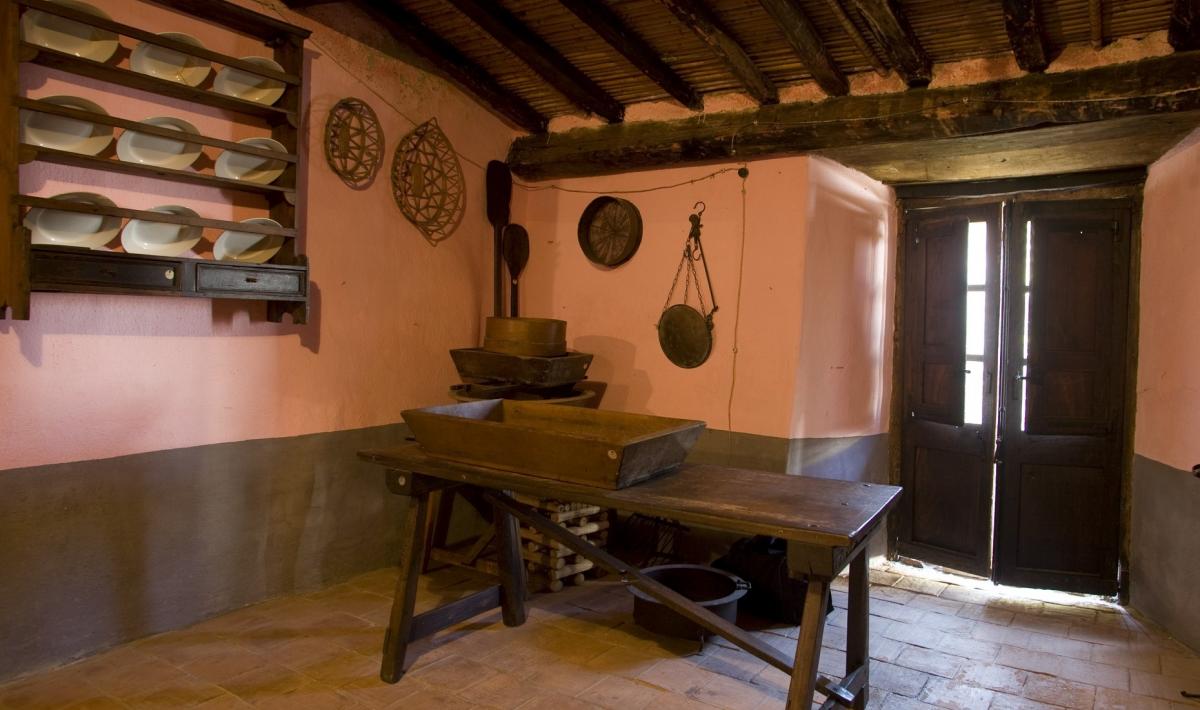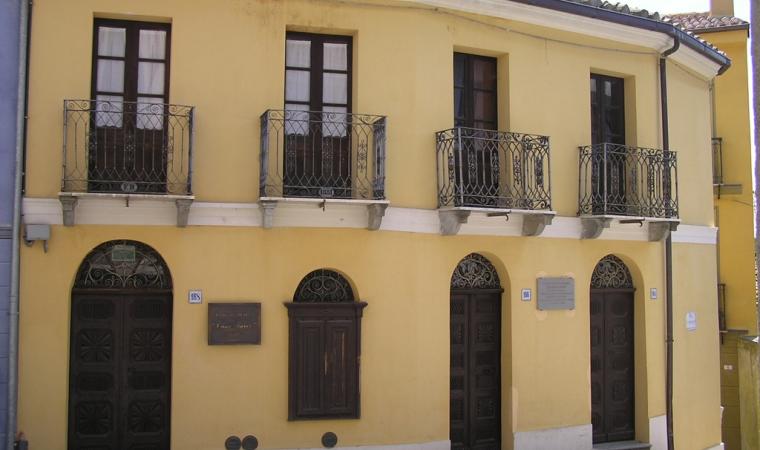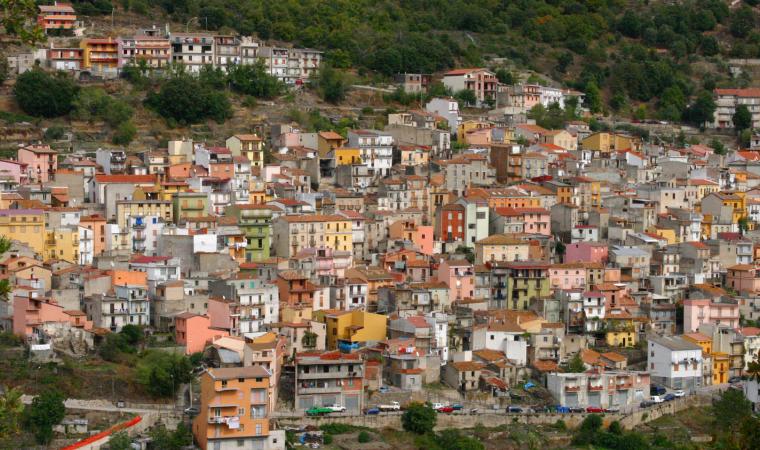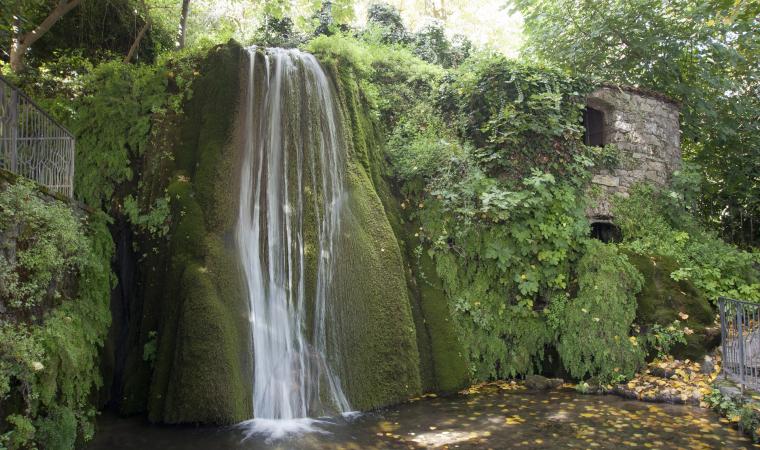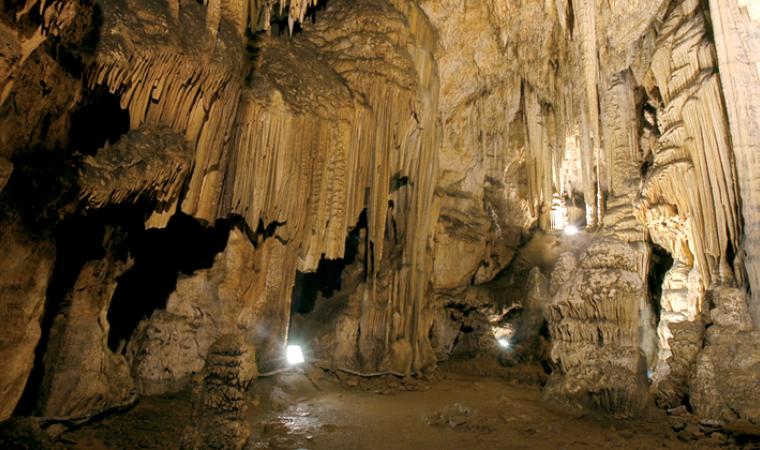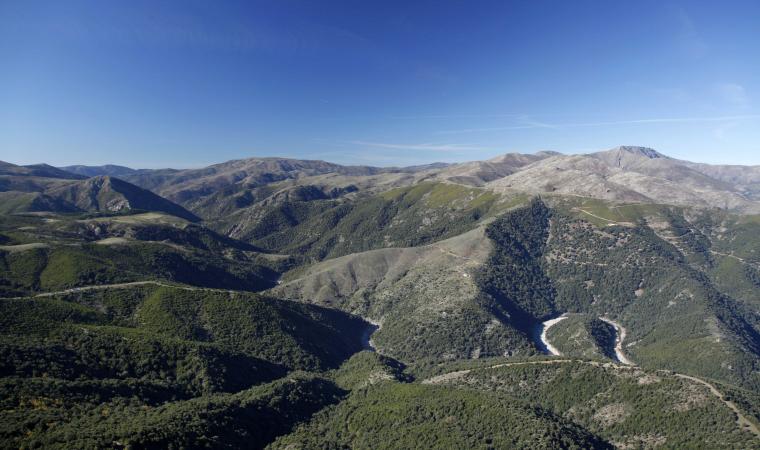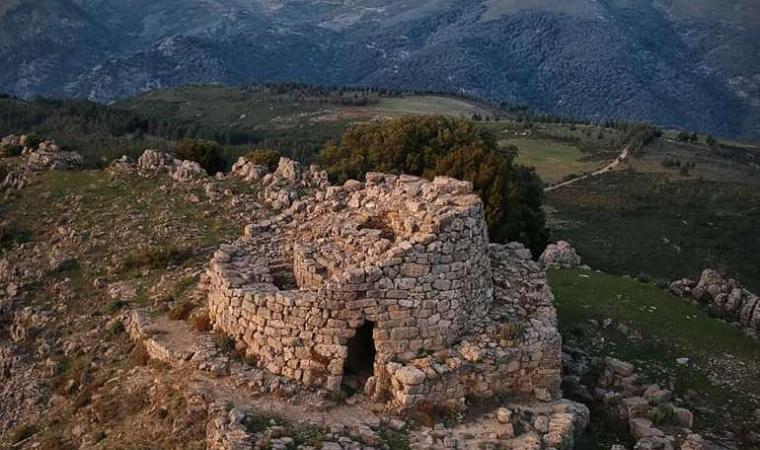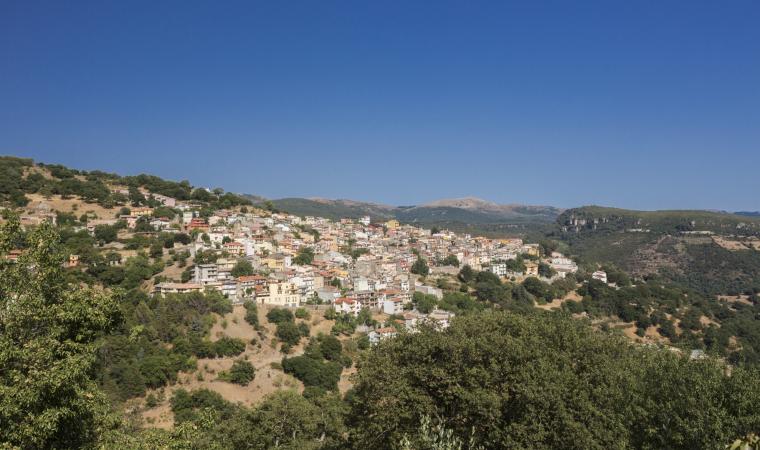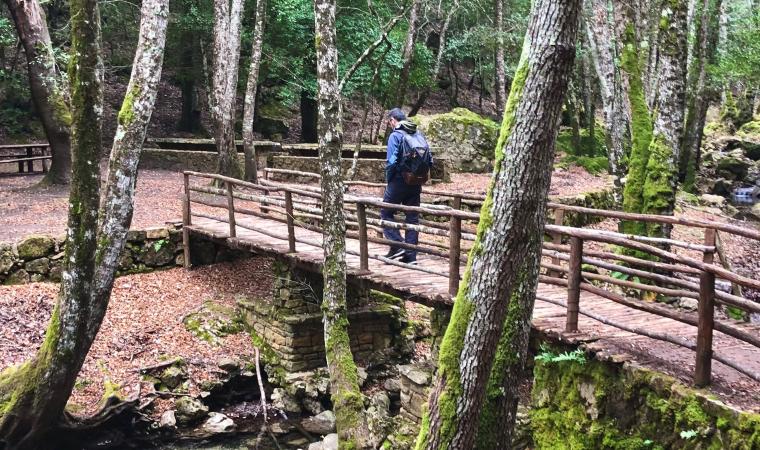A house turned into a prison, camouflaged among similar dwellings, for several centuries it bore witness to dramatic detention conditions, as well as safeguarding precious documents. The Spanish prison in Seui, a medieval village on the border between southern Sardinia and Olgiastra, is a 2-storey square building set amongst narrow village streets and can be reached only via an evocative underpass, known as su Porci, lined with stone houses with carved wooden doors and wrought-iron balconies.
In the mid-17th century, the building became a penal facility of the Incontrada of Barbagia di Seulo, which belonged to the Duchy of Mandas. It was eventually turned over to the Savoy judicial system and then to the Italian government, until it was finally closed in 1975. It stands entirely surrounded by other buildings and prisoners had no view of the outdoors.
Once past a shale-paved courtyard you will enter rooms furnished with 19th century pieces, particularly in the residential part reserved for the custodian, a kitchen with hearth, and a bedroom. Food supplies were stored in a part of the attic known as su staulu varzu. On the upper floor was the office where the inmates were received, and a women’s cell. The floor was made of beams of wood and planks of chestnut and served as the ceiling for the area below.
A trap door and wooden staircase lead to the lower level, where, from a small courtyard, access was gained to the men’s cell and the penalty cell, known as sa cella de su pei in tipu. The men’s cell has a window with double grating, a table, two folding beds and a display case with documents dating to the 18th and 19th centuries. The other room is smaller and has an earthen floor and walls of bare shale. It has no windows and was where inmates underwent torture. In the display cases you’ll see documents dealing with the jailing and transportation of the prisoners, initially brought here on carts or on foot with armed escorts. In the late 19th century, they were brought here by train. The documents are the notes and studies done by doctors and pharmacists describing the medical interventions performed on inmates, and the potions and medicines administered also to the residents of Seui, complete with a list of the medicinal herbs and plants they used.
The old Spanish prison is one of five museums in Seui: an Art Deco palazzo that houses exhibits of art, archaeology, ethnography and mining traditions, casa Farci where Filiberto Farci, co-founder of the Sardinian Action Party, was born, the galleria d’arte civica (civic art gallery) and s’Omu de sa Maja, a museum dedicated to the world of magic, religion and pre-Christian Barbarian traditions.

